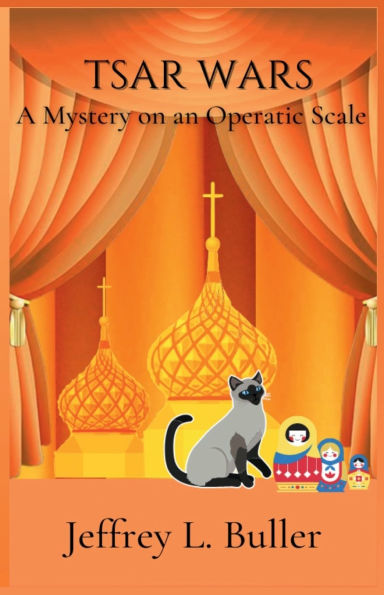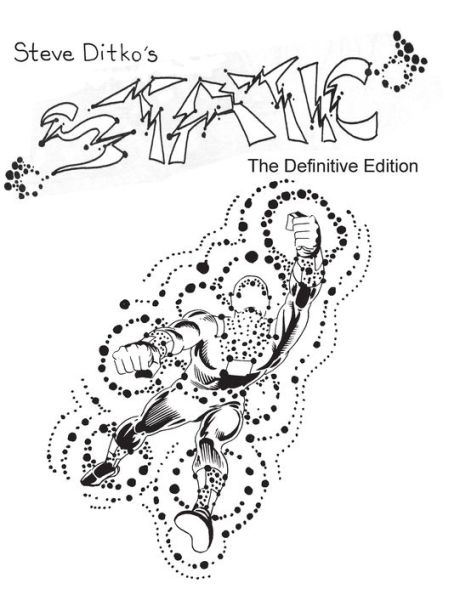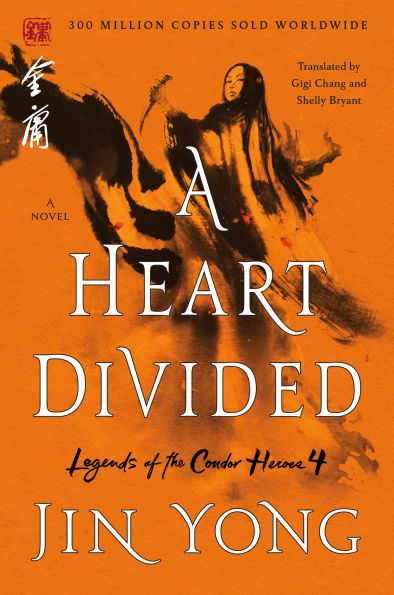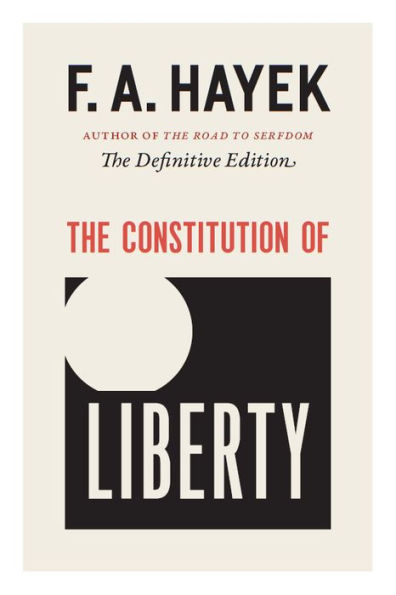Home
The Fragile [Definitive Edition]
Barnes and Noble
Loading Inventory...
The Fragile [Definitive Edition]
Current price: $17.99
![The Fragile [Definitive Edition]](https://prodimage.images-bn.com/pimages/0602557142778_p0_v2_s600x595.jpg)
Barnes and Noble
The Fragile [Definitive Edition]
Current price: $17.99
Loading Inventory...
Size: CD
*Product information may vary - to confirm product availability, pricing, shipping and return information please contact Barnes and Noble
Never mind that it took
Trent Reznor
a long, long time to deliver
Nine Inch Nails
' second album; the anticipation that greeted
The Downward Spiral
was nothing compared to what awaited its sequel,
The Fragile
. Like
Spiral
,
appeared five years after its predecessor, but the wait seemed longer. After all, between 1989's
Pretty Hate Machine
and
Reznor
released numerous stopgap EPs, remixes, and even toured, slowly building the ravenous following that devoured the second album.
not only satiated those fans, but it made
into a superstar and a critic's darling, and neither camp could wait to see where he was going to go next. Once he retreated to his New Orleans studio in 1996, there was little clue to what direction that may be. Word of some collaborators drifted out of the ether --
Alan Moulder
returned as co-producer, engineer, and mixer;
Adrian Belew
contributed some guitar;
Dr. Dre
did some mixing -- which only increased expectations that the sequel would top its predecessor. All of those names, plus concept album guru
Bob Ezrin
(who "provided final continuity and flow"), are credited on
, but everybody's contribution is filtered through
, who has the only discernable signature on the album. That's no great shock, since
NIN
has always been
's vehicle, but what is shocking is how
feels like no great leap forward, musically or lyrically. As the first five songs unwind, all of
' trademarks -- gargantuan, processed distorted guitars, ominous electro rhythms, near-ambient keyboards,
's shredded vocals and tortured words -- are unveiled, all sounding pretty much how they did on
. Upon closer inspection, there are some new frills, particularly in the quiet sections, yet these aren't apparent without some digging. And what's on the surface isn't necessarily inviting, either. There is nothing as rhythmic or catchy as
"Closer,"
nothing as jarring as the piano chorus of
"March of the Pigs,"
no ballad as naked as
"Hurt."
Ultimately, there are no great singles, which is remarkable for a 23-track double-disc album. That's not to say that
doesn't try for something immediate and visceral: He pulls out all the stops on
"We're in This Together"
and winds up sounding like
Filter
. Indeed, every time he stretches for a hate anthem, he misses the mark; he either recycles old ideas or sounds restrained. Fortunately,
begins to live up to its title once the first side is over. Subsequently, there are detours into empty, noisy bluster (some of which, like the
Marilyn Manson
dis
"Starfuckers, Inc.,"
work quite well) but they're surrounded by long, evocative instrumental sections that highlight
's true gifts. He may not always write memorable songs, but he knows how to arrange and how to create interesting sonic juxtapositions. For instance, with its unsettling martial rhythms and Germanic synthesized brass,
"Pilgrimage"
is scarier than any of his pummeling testosterone fests. Throughout its long running time,
is compelling when it's vulnerable, when
steps away from his trademark rage in favor of crafting delicate, alternately haunting and pretty soundscapes. These are quite captivating on their own, yet they cast a dark shadow upon the industrial bluster, which sounds canned, even self-parodic, in comparison. Since they provide a change of pace, these flirtations with self-parody fit nicely into the flow of the album, which never feels indulgent, even though it runs over 100 minutes. Still,
feels like a letdown in many ways. There's no denying that it's often gripping, offering odd and interesting variations on
themes, but that's the problem -- they're just variations, not progressions. Considering that it arrives five years after
, that is a disappointment; half a decade is plenty of time to redefine an artist's signature sound, as
proved with their first two albums. That's not to say that it's impossible to tell where the time went --
's music is immaculately crafted and arranged, with every note and nuance gliding into the next, and that alone takes time -- but he and
Moulder
spent more time constructing surfaces than songs. Those surfaces can be enticing but since it's just surface,
winds up being vaguely unsatisfying, even with all of its virtues. ~ Stephen Thomas Erlewine
Trent Reznor
a long, long time to deliver
Nine Inch Nails
' second album; the anticipation that greeted
The Downward Spiral
was nothing compared to what awaited its sequel,
The Fragile
. Like
Spiral
,
appeared five years after its predecessor, but the wait seemed longer. After all, between 1989's
Pretty Hate Machine
and
Reznor
released numerous stopgap EPs, remixes, and even toured, slowly building the ravenous following that devoured the second album.
not only satiated those fans, but it made
into a superstar and a critic's darling, and neither camp could wait to see where he was going to go next. Once he retreated to his New Orleans studio in 1996, there was little clue to what direction that may be. Word of some collaborators drifted out of the ether --
Alan Moulder
returned as co-producer, engineer, and mixer;
Adrian Belew
contributed some guitar;
Dr. Dre
did some mixing -- which only increased expectations that the sequel would top its predecessor. All of those names, plus concept album guru
Bob Ezrin
(who "provided final continuity and flow"), are credited on
, but everybody's contribution is filtered through
, who has the only discernable signature on the album. That's no great shock, since
NIN
has always been
's vehicle, but what is shocking is how
feels like no great leap forward, musically or lyrically. As the first five songs unwind, all of
' trademarks -- gargantuan, processed distorted guitars, ominous electro rhythms, near-ambient keyboards,
's shredded vocals and tortured words -- are unveiled, all sounding pretty much how they did on
. Upon closer inspection, there are some new frills, particularly in the quiet sections, yet these aren't apparent without some digging. And what's on the surface isn't necessarily inviting, either. There is nothing as rhythmic or catchy as
"Closer,"
nothing as jarring as the piano chorus of
"March of the Pigs,"
no ballad as naked as
"Hurt."
Ultimately, there are no great singles, which is remarkable for a 23-track double-disc album. That's not to say that
doesn't try for something immediate and visceral: He pulls out all the stops on
"We're in This Together"
and winds up sounding like
Filter
. Indeed, every time he stretches for a hate anthem, he misses the mark; he either recycles old ideas or sounds restrained. Fortunately,
begins to live up to its title once the first side is over. Subsequently, there are detours into empty, noisy bluster (some of which, like the
Marilyn Manson
dis
"Starfuckers, Inc.,"
work quite well) but they're surrounded by long, evocative instrumental sections that highlight
's true gifts. He may not always write memorable songs, but he knows how to arrange and how to create interesting sonic juxtapositions. For instance, with its unsettling martial rhythms and Germanic synthesized brass,
"Pilgrimage"
is scarier than any of his pummeling testosterone fests. Throughout its long running time,
is compelling when it's vulnerable, when
steps away from his trademark rage in favor of crafting delicate, alternately haunting and pretty soundscapes. These are quite captivating on their own, yet they cast a dark shadow upon the industrial bluster, which sounds canned, even self-parodic, in comparison. Since they provide a change of pace, these flirtations with self-parody fit nicely into the flow of the album, which never feels indulgent, even though it runs over 100 minutes. Still,
feels like a letdown in many ways. There's no denying that it's often gripping, offering odd and interesting variations on
themes, but that's the problem -- they're just variations, not progressions. Considering that it arrives five years after
, that is a disappointment; half a decade is plenty of time to redefine an artist's signature sound, as
proved with their first two albums. That's not to say that it's impossible to tell where the time went --
's music is immaculately crafted and arranged, with every note and nuance gliding into the next, and that alone takes time -- but he and
Moulder
spent more time constructing surfaces than songs. Those surfaces can be enticing but since it's just surface,
winds up being vaguely unsatisfying, even with all of its virtues. ~ Stephen Thomas Erlewine
Never mind that it took
Trent Reznor
a long, long time to deliver
Nine Inch Nails
' second album; the anticipation that greeted
The Downward Spiral
was nothing compared to what awaited its sequel,
The Fragile
. Like
Spiral
,
appeared five years after its predecessor, but the wait seemed longer. After all, between 1989's
Pretty Hate Machine
and
Reznor
released numerous stopgap EPs, remixes, and even toured, slowly building the ravenous following that devoured the second album.
not only satiated those fans, but it made
into a superstar and a critic's darling, and neither camp could wait to see where he was going to go next. Once he retreated to his New Orleans studio in 1996, there was little clue to what direction that may be. Word of some collaborators drifted out of the ether --
Alan Moulder
returned as co-producer, engineer, and mixer;
Adrian Belew
contributed some guitar;
Dr. Dre
did some mixing -- which only increased expectations that the sequel would top its predecessor. All of those names, plus concept album guru
Bob Ezrin
(who "provided final continuity and flow"), are credited on
, but everybody's contribution is filtered through
, who has the only discernable signature on the album. That's no great shock, since
NIN
has always been
's vehicle, but what is shocking is how
feels like no great leap forward, musically or lyrically. As the first five songs unwind, all of
' trademarks -- gargantuan, processed distorted guitars, ominous electro rhythms, near-ambient keyboards,
's shredded vocals and tortured words -- are unveiled, all sounding pretty much how they did on
. Upon closer inspection, there are some new frills, particularly in the quiet sections, yet these aren't apparent without some digging. And what's on the surface isn't necessarily inviting, either. There is nothing as rhythmic or catchy as
"Closer,"
nothing as jarring as the piano chorus of
"March of the Pigs,"
no ballad as naked as
"Hurt."
Ultimately, there are no great singles, which is remarkable for a 23-track double-disc album. That's not to say that
doesn't try for something immediate and visceral: He pulls out all the stops on
"We're in This Together"
and winds up sounding like
Filter
. Indeed, every time he stretches for a hate anthem, he misses the mark; he either recycles old ideas or sounds restrained. Fortunately,
begins to live up to its title once the first side is over. Subsequently, there are detours into empty, noisy bluster (some of which, like the
Marilyn Manson
dis
"Starfuckers, Inc.,"
work quite well) but they're surrounded by long, evocative instrumental sections that highlight
's true gifts. He may not always write memorable songs, but he knows how to arrange and how to create interesting sonic juxtapositions. For instance, with its unsettling martial rhythms and Germanic synthesized brass,
"Pilgrimage"
is scarier than any of his pummeling testosterone fests. Throughout its long running time,
is compelling when it's vulnerable, when
steps away from his trademark rage in favor of crafting delicate, alternately haunting and pretty soundscapes. These are quite captivating on their own, yet they cast a dark shadow upon the industrial bluster, which sounds canned, even self-parodic, in comparison. Since they provide a change of pace, these flirtations with self-parody fit nicely into the flow of the album, which never feels indulgent, even though it runs over 100 minutes. Still,
feels like a letdown in many ways. There's no denying that it's often gripping, offering odd and interesting variations on
themes, but that's the problem -- they're just variations, not progressions. Considering that it arrives five years after
, that is a disappointment; half a decade is plenty of time to redefine an artist's signature sound, as
proved with their first two albums. That's not to say that it's impossible to tell where the time went --
's music is immaculately crafted and arranged, with every note and nuance gliding into the next, and that alone takes time -- but he and
Moulder
spent more time constructing surfaces than songs. Those surfaces can be enticing but since it's just surface,
winds up being vaguely unsatisfying, even with all of its virtues. ~ Stephen Thomas Erlewine
Trent Reznor
a long, long time to deliver
Nine Inch Nails
' second album; the anticipation that greeted
The Downward Spiral
was nothing compared to what awaited its sequel,
The Fragile
. Like
Spiral
,
appeared five years after its predecessor, but the wait seemed longer. After all, between 1989's
Pretty Hate Machine
and
Reznor
released numerous stopgap EPs, remixes, and even toured, slowly building the ravenous following that devoured the second album.
not only satiated those fans, but it made
into a superstar and a critic's darling, and neither camp could wait to see where he was going to go next. Once he retreated to his New Orleans studio in 1996, there was little clue to what direction that may be. Word of some collaborators drifted out of the ether --
Alan Moulder
returned as co-producer, engineer, and mixer;
Adrian Belew
contributed some guitar;
Dr. Dre
did some mixing -- which only increased expectations that the sequel would top its predecessor. All of those names, plus concept album guru
Bob Ezrin
(who "provided final continuity and flow"), are credited on
, but everybody's contribution is filtered through
, who has the only discernable signature on the album. That's no great shock, since
NIN
has always been
's vehicle, but what is shocking is how
feels like no great leap forward, musically or lyrically. As the first five songs unwind, all of
' trademarks -- gargantuan, processed distorted guitars, ominous electro rhythms, near-ambient keyboards,
's shredded vocals and tortured words -- are unveiled, all sounding pretty much how they did on
. Upon closer inspection, there are some new frills, particularly in the quiet sections, yet these aren't apparent without some digging. And what's on the surface isn't necessarily inviting, either. There is nothing as rhythmic or catchy as
"Closer,"
nothing as jarring as the piano chorus of
"March of the Pigs,"
no ballad as naked as
"Hurt."
Ultimately, there are no great singles, which is remarkable for a 23-track double-disc album. That's not to say that
doesn't try for something immediate and visceral: He pulls out all the stops on
"We're in This Together"
and winds up sounding like
Filter
. Indeed, every time he stretches for a hate anthem, he misses the mark; he either recycles old ideas or sounds restrained. Fortunately,
begins to live up to its title once the first side is over. Subsequently, there are detours into empty, noisy bluster (some of which, like the
Marilyn Manson
dis
"Starfuckers, Inc.,"
work quite well) but they're surrounded by long, evocative instrumental sections that highlight
's true gifts. He may not always write memorable songs, but he knows how to arrange and how to create interesting sonic juxtapositions. For instance, with its unsettling martial rhythms and Germanic synthesized brass,
"Pilgrimage"
is scarier than any of his pummeling testosterone fests. Throughout its long running time,
is compelling when it's vulnerable, when
steps away from his trademark rage in favor of crafting delicate, alternately haunting and pretty soundscapes. These are quite captivating on their own, yet they cast a dark shadow upon the industrial bluster, which sounds canned, even self-parodic, in comparison. Since they provide a change of pace, these flirtations with self-parody fit nicely into the flow of the album, which never feels indulgent, even though it runs over 100 minutes. Still,
feels like a letdown in many ways. There's no denying that it's often gripping, offering odd and interesting variations on
themes, but that's the problem -- they're just variations, not progressions. Considering that it arrives five years after
, that is a disappointment; half a decade is plenty of time to redefine an artist's signature sound, as
proved with their first two albums. That's not to say that it's impossible to tell where the time went --
's music is immaculately crafted and arranged, with every note and nuance gliding into the next, and that alone takes time -- but he and
Moulder
spent more time constructing surfaces than songs. Those surfaces can be enticing but since it's just surface,
winds up being vaguely unsatisfying, even with all of its virtues. ~ Stephen Thomas Erlewine
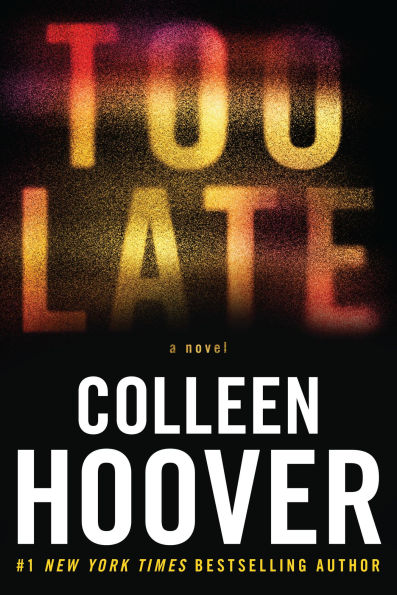

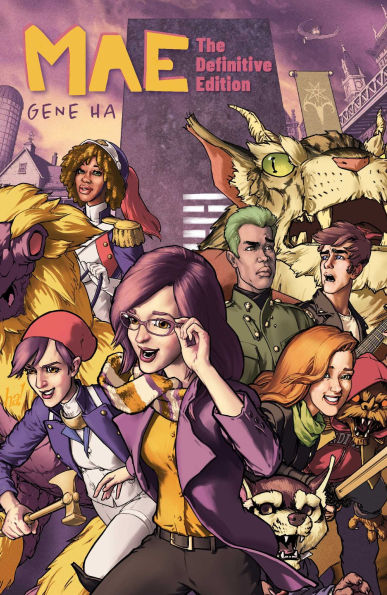
![Brotherhood [Definitive Edition]](https://prodimage.images-bn.com/pimages/0825646253104_p0_v2_s600x595.jpg)

